Our Walking Holidays
Showing all 18 results
-

Walk St Cuthbert’s Way
Holy Island (Lindisfarne) in Northumberland to Melrose in the Scottish bordersRead more62 miles
moderate
-
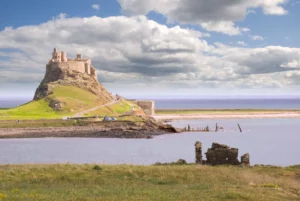
Walk St Oswald’s Way
Heavenfield on Hadrian's Wall to Holy Island (Lindisfarne)Read more94 miles
moderate
-
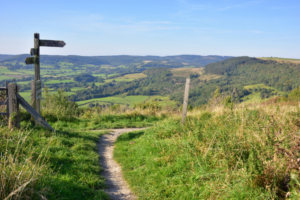
Walk The Cleveland Way
Cleveland Way was designated as a National Trail in 1969 and runs for 110 milesRead more110 miles
moderate
-

Walk The Cotswold Way
National Trail in 2007 and runs for 102 miles from Chipping Campden in Gloucestershire to Bath in SomersetRead more102 miles
moderate
-
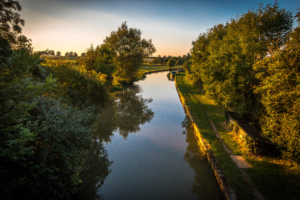
Walk The Cross Bucks Way
Linslade in Bedfordshire and finishes at Stratton Audley in OxfordshireRead more28 miles
easy
-
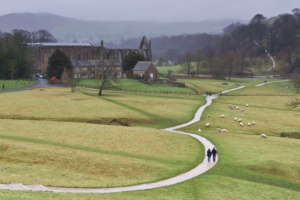
Walk The Dales Way
The Dales Way is an 80-mile path from Ilkley in West Yorkshire to Bowness-on-Windermere in CumbriaRead more80 miles
easy
-
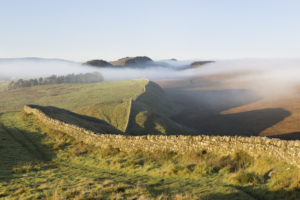
Walk The Hadrian’s Wall Path
Read more86 miles
moderate
-
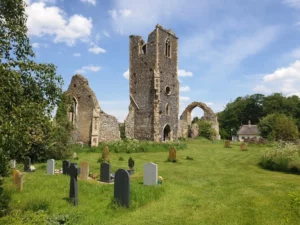
Walk The Hereward Way
The Hereward Way was created in the mid-1980s. It is 110 miles long and links the Viking Way with the Peddar's WayRead more110 miles
easy
-
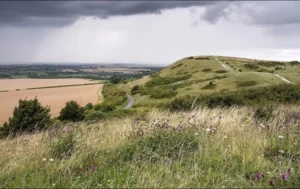
Walk The Icknield Way Path
The Icknield Way is often described as the oldest road in BritainRead more110 miles
easy
-

Walk the Norfolk Coast Path
A National Trail from Hunstanton to Hopton-on-SeaRead more84 miles
easy
-

Walk the Northumberland Coast Path
The Northumberland Coast Path is a beautiful walk that starts in Creswell and finishes in Berwick-upon-TweedRead more62 miles
moderate
-
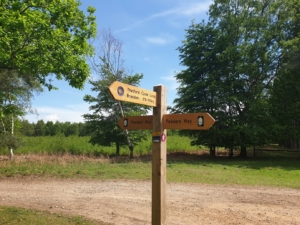
Walk the Peddars Way
Knettishall Heath in Suffolk to Holme-next-the-Sea in NorfolkRead more46 miles
easy
-
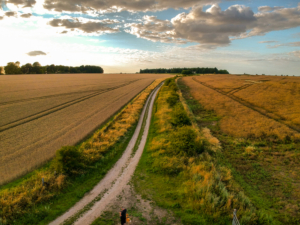
Walk The Ridgeway
Overton Hill in Wiltshire to Ivinghoe Beacon in BuckinghamshireRead more87 miles
easy
-
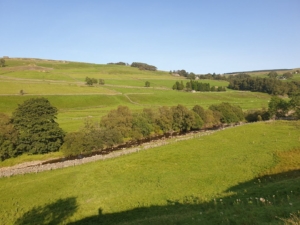
Walk the South Tyne Trail
Garrigill in Cumbria and finishes at Haltwhistle in NorthumberlandRead more22 miles
easy
-
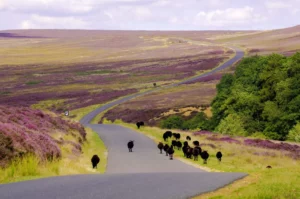
Walk the Tabular Hills
Helmsley in North Yorkshire to Scarborough following the southern boundary of the North York Moors National ParkRead more47 miles
easy
-
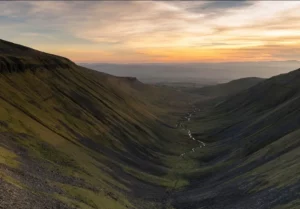
Walk the Teesdale Way
South Gare Lighthouse near Redcar, this walk follows the River Tees to Dufton in CumbriaRead more100 miles
moderate
-
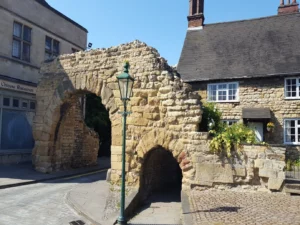
Walk The Viking Way
Barton-on-Humber in the shadow of the Humber Bridge to OakhamRead more147 miles
easy
-
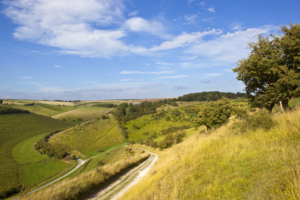
Walk the Yorkshire Wolds Way
A National Trail from 1982 and runs for 79 miles from Hessle in the East Riding of Yorkshire to Filey in North Yorkshire.Read more79 miles
moderate



